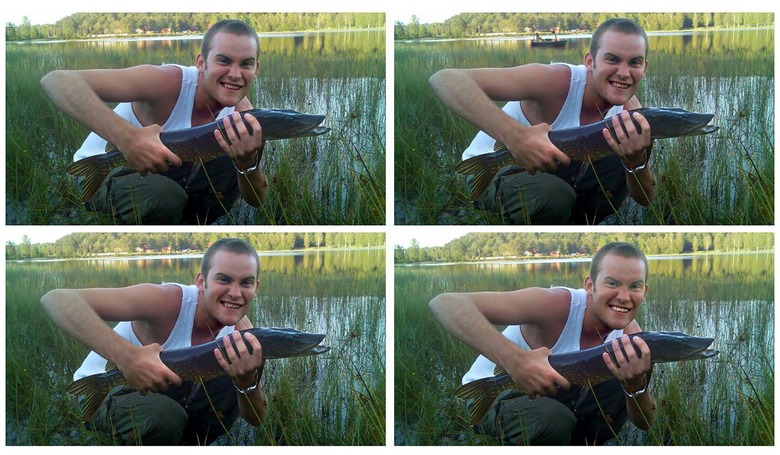Photoshopped fakes trick you all the time, researchers report
Photo manipulation tricks human eyes very easily according to a new report. Three researchers from the Department of Psychology at the University of Warwick have done a number of tests to conclude that "people have poor ability to identify whether a real-world image is original or has been manipulated." In other words – humans do not have any sort of innate sense for discerning reality from computer-edited photography, AKA Photoshopping.
Before we get too wild with the term Photoshopping, it's important to note that Adobe dislikes it! When anyone uses the term "Photoshop" in a generic sense, Adobe cringes. It's the same deal as when K2 sheds a tear every time someone says "rollerblading" instead of "inline skating."
The study we're chatting about today has a set of three distinguished researchers presenting some solid results.* In their research, they presented 707 people with a series of photos. That included a mix of respondents that fit in the following set of figures: M = 25.8 years, SD = 8.8, range = 14–82; 460 male, 226 female, and 21 whom decided to decline to respond.
This set of people were shown a set of 10 photos, half of which were original (non-manipulated). The other half of the photos had one of five different manipulation types applied. With these photos, the researchers "measured people's accuracy in determining whether a photo had been manipulated or not and their ability to locate manipulations."
The aim of this study was to gain a better understanding of "people's ability to accurately identify fake from original images." In this case, they mean photos – the subject of non-photo imagery and manipulation is a related, but different subject.
"This understanding will help to inform the development of effective guidelines and practices to address two key issues: how to better protect people from being fooled by fake images, and how to restore faith in original images." said the research team.
The results this team arrived at suggest that people have an "extremely limited ability to detect and locate manipulations of real-world scenes." They also found that in identifying potential photo manipulation, "the amount of change" ends up being more important than the "plausibility of the change".
We're living in a dangerous time. Falsified photos are easy to create, and a shocking lack of oversight and photo-verification tests is in play.
"The rise of photo manipulation has consequences across almost all domains, from law enforcement and national security through to scientific publishing, politics, media, and advertising," said the researchers. "The growing sophistication of photo-editing tools means that nearly anyone can make a convincing forgery."

The above set of images includes the following, clockwise from the upper left: Photo with shadow manipulation; photo with boat digitally inserted; airbrushed photo; original photo. (Sophie Nightingale, Cognitive Research, 2017)
To read more about this subject, see the full paper "" at the scientific journal Cognitive Research Journal. This paper was authored by Sophie J. Nightingale, Kimberley A. Wade, and Derrick G. Watson, and can be found with code DOI: 10.1186/s41235-017-0067-2 as of this month, July of 2017.











